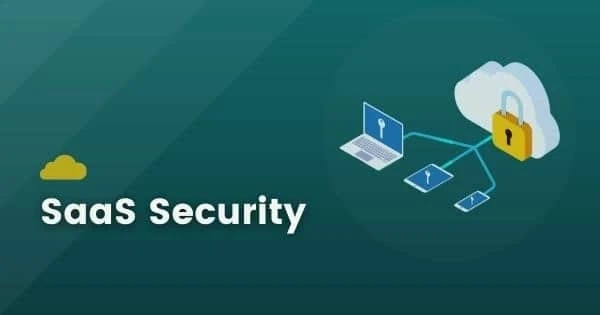As businesses increasingly use SaaS software for meeting their customers’ needs in a competitive manner, SaaS security has gained an equal foothold to protect the interests of such firms. As SaaS applications initiate new practices such as the absence of hosting data centres on-premise and complicated infrastructure, a new list of SaaS security approaches needs to be adopted to protect the sensitive data of customers and company interests.
SaaS security is a cloud-based servicefor adequate data protection from both the organization’s and customers’ sides. This is mostly a joint practice worked out between the firm and the SaaS service provider, in the context of specific SaaS security guidelines (such as that of the National Cyber Security Centre). SaaS security also goes hand-in-hand with optimal management practices such as revoking unused licenses, increasing visibility while decreasing risks, etc.
SaaS Security Best Practices
The benefits of SaaS applications make them popular among all kinds of businesses - easy scalability, open access and flexibility, and fast implementation, among others. However, as customer friendliness grows, the risk for security breaches increases along with it. Therefore, it’s important to be aware of the steps that can be taken from our side to ensure optimal security.
Encryption of dataBoth data at rest and in transit need to be encrypted for providing optimal protection, but a lot of SaaS applications place encryption protocols for the latter category, using Transport Layer Security (TLS) for communication between applications. Always make sure to communicate with your SaaS service provider to confirm the same.
Detailed inventoryWith the advent of digital technology, IT departments of companies are not the only procurers of software, which makes it necessary to maintain a detailed inventory of the different services being used. This allows you to avoid security risks by being aware of what’s available within the system and taking quick action if there are any signs of unexpected activity. Certain automated tools are available for detecting these signs and alerting the respective authority.
Enhanced authentication practicesCustomer login credentials are a crucial entry point for hackers due to the higher potential for vulnerabilities. The challenge is to ensure that they’re provided due access without compromising on user-friendliness. For this, one must know details such as how clients prefer to access their resources, the complexity of their credentials, and the manner of protection provided by your SaaS software provider. You can then use this information to design additional security measures such as multi-factor authentication or other authentication steps.
Choosing your SaaS providerGiven the popularity of the software and the varying services offered in the market, it’s important to research and select a solution best suited for your firm. Prepare a questionnaire to understand the service provider’s perspective and engage a review and validation process similar to choosing any other vendor for your business requirements. Another important step is to understand the optional features in services and/or security provided - determine their overall value so that you can choose accordingly.
CASBCloud Access Security Brokers, or CASBs, sets additional layers of protection in situations where your SaaS service provider isn’t able to fill in the role according to requirements. CASB security controls often initiate protection that isn’t native to your SaaS applications so you can remain assured about optimal protection. Make sure that there aren’t any integration errors by picking CASB tools that work with your existing applications, be it proxy or based on API.
Constant monitoring of indicatorsSet a list of indicators that you can look through to understand SaaS usage and the potential for different attacking scenarios. There are many SaaS management tools and CASBs that offer accurate information about your applications which can be used to inform your security posture. The more informed you are, the better equipped to handle evolving cybersecurity threats on your SaaS applications.
SaaS Security Issues Seen So Far
SaaS applications have seen a rising number of security issues, especially with the increased digitization in the recent context. One of the more common forms of cybersecurity threats includes data theft since hackers realize the importance - and the revenue potential - of sensitive customer and employee data. They use this data to conduct phishing by emails and account takeovers and breach further into the system to gain a foothold and continue its attacks.
Unprotected data also lays the ground for unauthorized access which becomes a threat within SaaS applications as IT departments have lesser say in taking action. This leads to worse data leaks or even accidental deletion, compromising the quality of the business. Hackers also have the chance to place malware (e.g. ransomware and zero-day malware) in key positions within the system as is seen through frequent reports. The useful ability of SaaS applications to sync across systems may also turn out to be fodder for the quicker spreading of the malware.
While this may not be considered an exhaustive list of best security practices for securing your SaaS applications, it can definitely be a starting point for addressing both systemic issues and recent attack methods.


